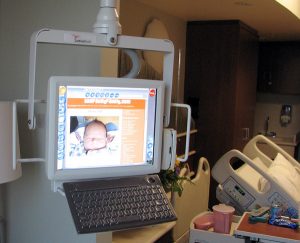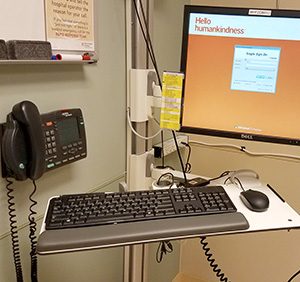Tag
electronic health records
-
Patients want fast access to test results: Story ideas for journalists
A recent study shows the majority of patients want test results as soon as possible even if the results aren’t…

-
Investigation reveals failings in adoption of electronic health records
Over the past decade, federal spending of $36 billion to stimulate health providers’ conversion of patient medical records from piles…

-
Annual list provides opportunities for stories on hazards in health care
The ECRI Institute every so often comes out with top 10 lists, and on Monday it issued its latest, focusing…

-
Politico reporter goes to Europe to discover EHR problems similar to home
There’s a lot of talk these days about European-style universal health care and what U.S. adoption of something similar would…

-
Report highlights patient safety issues with EHRs and the opioid epidemic
While technology alone cannot solve the opioid epidemic, it can play an important role in reducing overprescribing and co-prescribing opioids…

-
Reporters take deep dives into electronic health records and find rich stories
After a five-month hiatus as Health IT topic leader for AHCJ, I’m happy to be back. My absence was bookended…

-
Experts talk in D.C. about how to get past the A.I. buzz
Trying to write critically about a new use of artificial intelligence? Start by asking your sources three questions: How far…

-
The patient matching problem and ideas on how to solve it
It seems obvious that for physicians to deliver the best care they should have accurate records on each patient’s medical…

-
Report offers scenarios on how EHRs can pose safety risks to patients – and questions reporters should ask
Poor usability and design flaws of electronic health records (EHRs) can pose safety risks to patients, according to recent studies.…

-
Takeaways for journalists from health IT’s biggest event of the year
The largest health IT event of the year dropped into Las Vegas last week and brought along more than 43,000…









